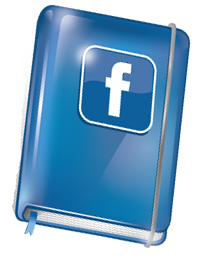
I’m always on the lookout for learning opportunities, especially when we’re on a break from our regular learning routine. I find the spontaneous teachable moments to be just as effective, if not more effective at times! Sometimes this looks like workbooks and fact sheets, but sometimes it looks like card games and Legos! Math is tangibly evident in our everyday life and there are many fun ways to incorporate little math lessons into your kids’ day, other than sitting down with a pencil and paper!
1 Play with blocks
Fantastic for littles, simple toys like blocks and tanagram shapes help kids visualize geometric patterns and concepts. And these same benefits can be derived for older kids from Legos!
2 Card Games
Some of our family favorites are Uno and Skipbo
3 Board games
Classics like Yahtzee and Monopoly are hardwired with math fundamentals! (Check out more math game options here!)
4 Make up your own math problems to solve
This is a great activity for the car. My kids love coming up with hypothetical situations, like how much water would fit in the Grand Canyon!
5 Teach younger siblings how to count and recognize numbers
We learn a lot when we teach and our older kids are no exception! Helping younger siblings is a fabulous math activity.
6 Flash Cards
The old faithful for learning math facts! You can get them in varying levels of difficulty, depending on skill level. They even make dry-erasable flash cards that you can customize!
7 Counting down the days
Whether you’re counting down to a trip, a visit from family or a special event like a birthday or holiday, counting and tracking the days on a calendar helps kids visualize counting concepts!
8 Digital Math Games
Digital learning is a fantastic tool, and the exercises are so fun, they won’t’ even realize they’re learning! Go check out our favorite math apps!
9 Worksheets
Hey, sometimes worksheets just work! And lots of kids actually prefer them. When it comes to free math printables, we’ve got you covered!
10 Helping in the kitchen
This is a favorite because it’s so versatile and easy to adapt for different ages. Older kids can double or triple recipes to flex those fraction muscles. And younger ones can help with prep work like counting places and setting the table (4 big forks and 2 small ones, etc.) Read even more fun ways to get kids involved in the kitchen, right here!






